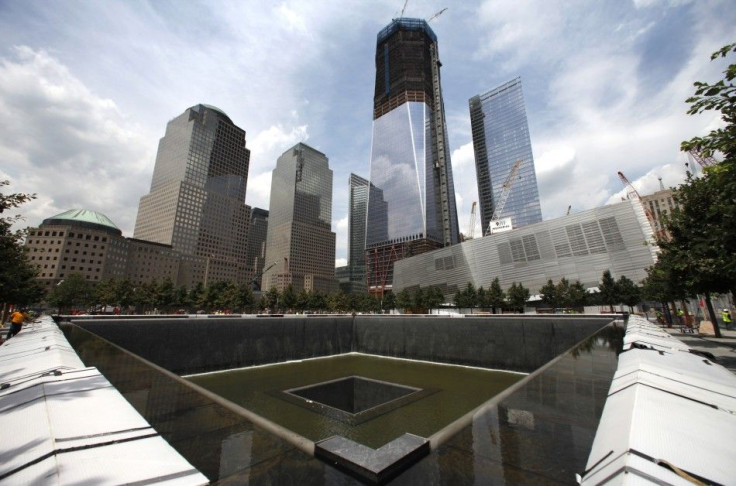9/11 Memorial: How Disasters Become Tourist Attractions

The 9/11 Memorial in Lower Manhattan has welcomed over one million visitors since opening to the public just 16 weeks ago, officials announced Thursday.
The memorial plaza opened to victim's family members on the tenth anniversary of the attacks and to the general public the following day.
Since opening, the 9/11 Memorial has quickly become one of the biggest draws to New York - a city that's on target to welcome a record 50 million tourists by the year's end.
On Sept. 10, 2001, the only people that went to the World Trade Center (WTC) were those that worked there. The following year, nine million people visited the site of the former towers and it was officially recognized by the city's tourism department as an attraction.
The neighborhood around the WTC site is now crowded with tour groups from across the globe and New York's iconic double decker sightseeing busses.
A veritable hole in the middle of Lower Manhattan for years, in the past few months, the site has blossomed into a full-blown destination with all the trappings tourism brings.
Visitors are greeted by trolling hawkers from the moment they step out of the subway station. Nearly two dozen of them patrol the periphery selling overpriced 9/11 merchandise.
Two information booths provide the official literature on the site - information like how to plan your visit and where to go. The WTC Visitor Center on Liberty Street even has a small gallery and provides guided tours in seven languages.
Getting into the site is no easy task.
9/11 Memorial visitors are required to get free passes in advance online at 911memorial.org, though a limited number of passes for same-day visits are possible at three locations around the neighborhood. Availability is often limited on weekends as rules mandate no more than 1,500 people can be on site an any given time.
Designed by Michael Arad, the memorial features two massive, square fountains that mark the footprints of the Twin Towers. The fountains' water flows into granite reflecting pools at the center of the tree-lined eight-acre plaza.
Surrounding the fountains are bronze plates that bear the names of the nearly 3,000 people killed in the 2011 attacks, as well as the six killed when a terrorist truck bomb exploded in the parking garage in 1993. The names were arranged by something known as meaningful adjacency.
According to Arad, each name connects beyond a physical place. There is a relationship between one name and another. Family members, co-workers, or people who commuted to work together were listed side by side to make the arrangement more personal.
The budding tourist attraction is not yet complete.
On Sept. 11, 2012, The National September 11 Memorial Museum will open as the country's principal institution concerned with exploring the implications of the events of 9/11, documenting the impact of those events, and exploring 9/11's continuing significance.
The whole WTC site is still very much a construction zone, but visitors don't seem to mind.
It's nice to see that while we remember what happened, we can also look up and see some hope, Jenny Smith of Iowa told the International Business Times as she waited in line to enter.
Each day, One World Trade Center rises further skyward and, out of the ashes of the past, a new future emerges.
In 10 years' time, the World Trade Center site has metamorphosed from disaster zone to tourist attraction. It's odd, yet it was inevitable.
One can only imagine how mindboggling that thought must have seemed 10 years ago.
© Copyright IBTimes 2024. All rights reserved.






















